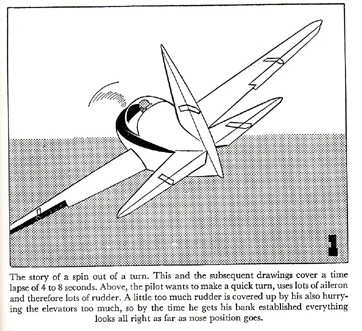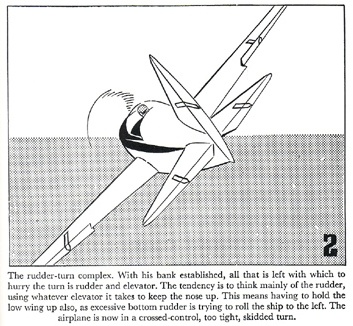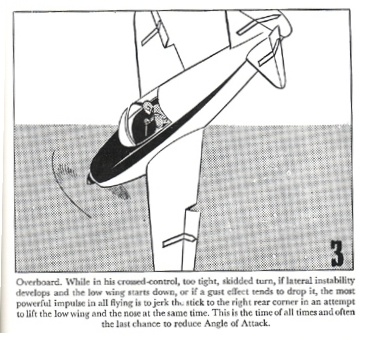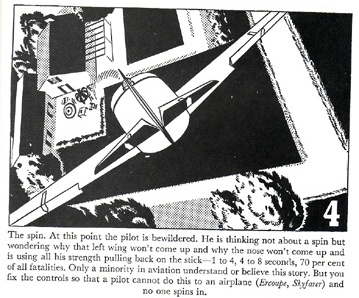Caramon13
Pattern Altitude
Man that transcript is exactly what I was talking about. That poor guy got every possible delay you could get, extend upwind, extend downwind, right 360, extend base. No wonder he wanted to quit at the end, after one circuit of that I'd be picking another airport.
AND he got the wake turbulence call on landing. Except for the engine failure you can pretty much count on one or all of those occurrences at rvery traffic pattern at KSRQ where I fly. Prime reason I don't practice there anymore, just go somewhere else.
AND he got the wake turbulence call on landing. Except for the engine failure you can pretty much count on one or all of those occurrences at rvery traffic pattern at KSRQ where I fly. Prime reason I don't practice there anymore, just go somewhere else.







